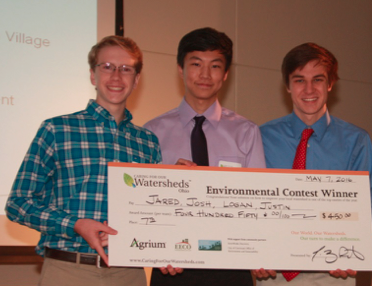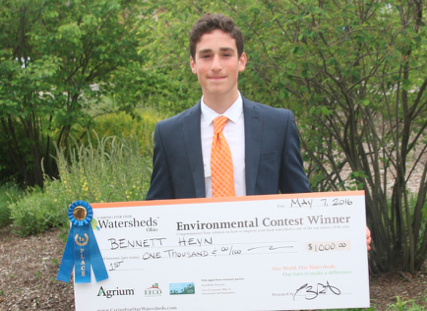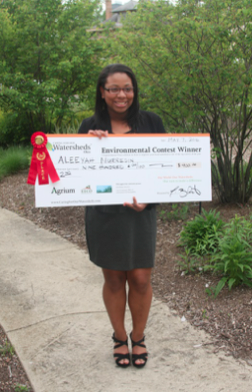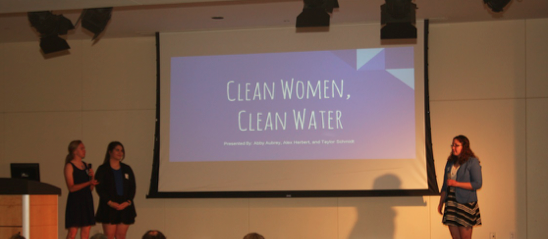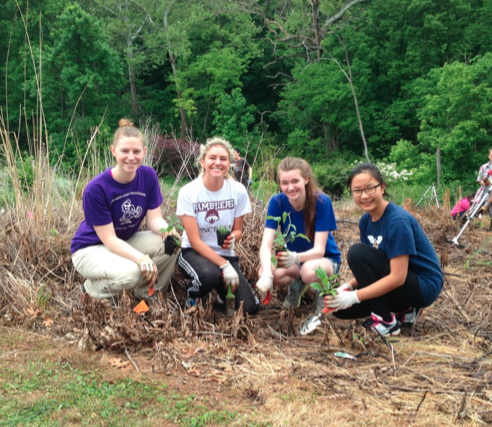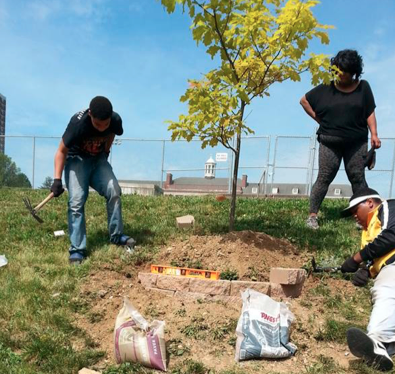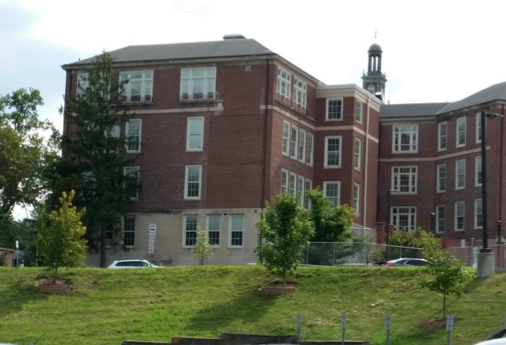2016, CINCINNATI, OH, UNITED STATES
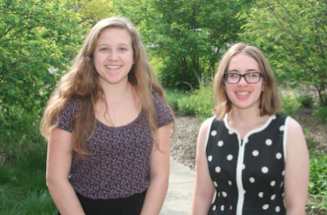
Over the past several years, the Mill Creek Watershed Council created the program called Healthy Lawns, Healthy Waters to help educate residents in Cincinnati about the impacts of over fertilization of lawns in the area. Gabriela Okhuysen and Nora Davis from Wyoming High School want to broaden the horizons of participation in this program. The girls want to enhance training aids, enlist volunteers, and overall engage with educating their local community. After conducting soil tests of their own lawns, they discovered that there were at double the optimum levels of phosphorus and magnesium. It was clear to Gabriela and Nora that if residents knew of the resources available to them, they would be able to help improve their watershed.
For their project, they group proposed to hold a community meeting to demonstrate the soil sample process and invite local experts to explain the harmful effects of over fertilization. They would encourage high school volunteers to support soil sampling efforts and follow up with residents as their test results come in. By asking local volunteers and enlisting support from the Mill Creek Council and the Hamilton County Soil and Water Conservation District, they expect residents would be more willing and determined to obtain the results and change their fertilization regimens.
Gabriela and Nora believe that starting with local residents and changing their fertilization lawn habits will lead to a cleaner and healthier community and watershed. They aim to inspire their community by showing how minor adjustments can make a huge impact on their local environment.

